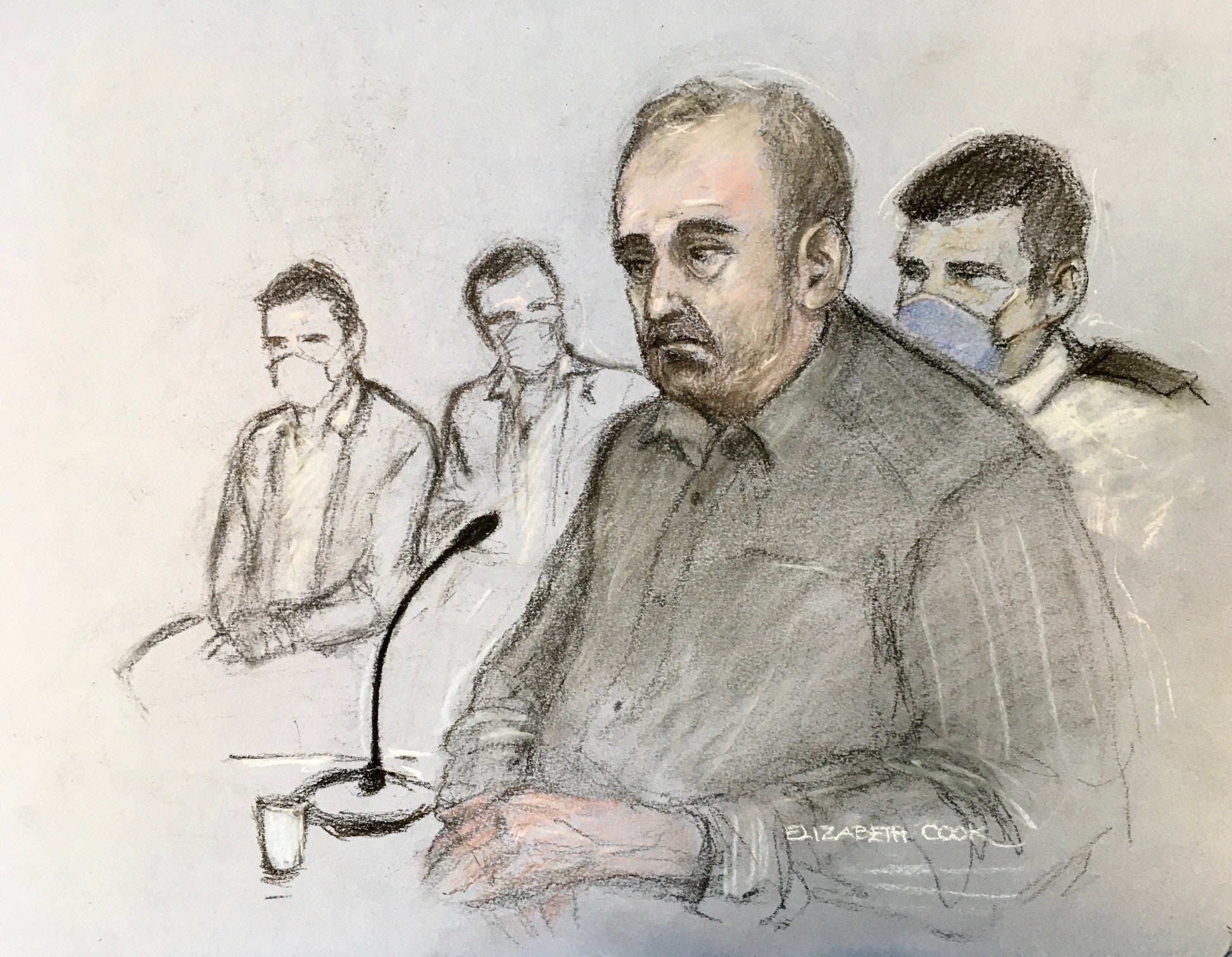Ian Stewart to spend rest of life in prison after murders of wife then fiancee
Stewart, 61, killed 51-year-old Ms Bailey in 2016 and dumped her body in the cesspit of the £1.5 million home they shared in Royston in Hertfordshire.

A man convicted of murdering his first wife six years before he went on to murder his fiancee, children’s book author Helen Bailey will die behind bars after he was sentenced to a whole-life order.
Ian Stewart 61, killed 51-year-old Ms Bailey in 2016 and dumped her body in the cesspit of the £1.5 million home they shared in Royston in Hertfordshire
A trial at St Albans Crown Court heard it was most likely she was suffocated while sedated by drugs, and Stewart was found guilty of her murder in 2017.
After this conviction, police investigated the 2010 death of Stewart’s first wife, Diane Stewart, 47.
Her cause of death was recorded at the time as Sudden Unexplained Death in Epilepsy (SUDEP) but on Wednesday a jury of five men and seven women at Huntingdon Crown Court found Stewart guilty of murder.
They took less than two days of deliberation.
The judge, Mr Justice Simon Bryan, said the two women’s deaths were in “chillingly similar circumstances”.
He told Stewart: “You successfully passed off a murder as an epileptic fit in the circumstance I have identified playing out an elaborate, and indeed sophisticated, charade over a period of time.
“A charade that succeeded at the time, and would have succeeded for all time but for your subsequent murder of Helen Bailey.”
Stewart shook his head at times during the sentencing hearing.
He had claimed in court, as his two sons listened to his evidence, that he had returned from the supermarket to the family home in Bassingbourn, Cambridgeshire, and found his wife collapsed in the garden.
He said he thought she had suffered an epileptic fit.
It no doubt never crossed your mind that the donation of Diane’s brain for teaching and research would lead to your ultimate downfall, as it was to do, and your conviction today for the murder of Diane Stewart, for which I must now sentence you
Mrs Stewart had not had an epileptic fit for 18 years and took daily medication, jurors were told, with consultant neurologist Dr Christopher Derry estimating that her risk of having a fatal epileptic seizure was about one in 100,000.
During a 999 call, Stewart was instructed to perform CPR on his wife and said he was doing so, but paramedic Spencer North, who attended the scene, said there “didn’t seem to be any effective CPR”.
Mrs Stewart’s death was not treated as suspicious at the time. Although a post-mortem examination was carried out, it was not a forensic post-mortem.
As part of the police investigation, following Stewart’s 2017 murder conviction, consultant neuropathologist Professor Safa Al-Sarraj was asked to examine preserved parts of Mrs Stewart’s brain, which had been donated to medical science.
Prof Al-Sarraj said there was evidence that Mrs Stewart’s brain had suffered a lack of oxygen prior to her death, and he estimated that this happened over a period of 35 minutes to an hour.
The judge told Stewart: “It no doubt never crossed your mind that the donation of Diane’s brain for teaching and research would lead to your ultimate downfall, as it was to do, and your conviction today for the murder of Diane Stewart, for which I must now sentence you.”
Prosecutor Stuart Trimmer QC said her death was “most likely caused by a prolonged restriction to her breathing from an outside source”, such as smothering or a neck hold.
Home Office pathologist Dr Nat Cary described SUDEP as a “diagnosis of exclusion”, adding that “an equal diagnosis of exclusion is having been put into such a state by some covert means – smothering or interfering with the mechanics of breathing or some kind of drug use”.
The court heard that full toxicology was not carried out as part of the 2010 routine post-mortem examination, and neither was a neck dissection.
Dr Cary said that, as with Mrs Stewart, there was “no injury that was visible” in the case of Ms Bailey, who was in the cesspit for three months before she was found.
The court heard that Stewart received £96,607.37 after his wife’s death, in the form of £28,500.21 from a life insurance policy and the rest from bank accounts.
Both of the couple’s sons were out on the day of their mother’s death, with then 15-year-old Oliver at school and Jamie, then 18, taking his driving test.
Jamie Stewart had told the court that he recalled “raised voices… between my mother and father” when he was at home on study leave for A-levels the week his mother died.
The judge said he was “satisfied that the major motive for Diane’s murder was for financial gain” but had “no doubt that there were other subsidiary motives”.
He said it will “never be possible to be sure” but there was a suggestion that “all was not well” in the defendant’s marriage and that he was “tiring of Diane”.
The defendant, flanked by four dock officers, looked towards his two sons who sat in the public gallery as he was led to the cells.
The two boys did not make eye contact with him.
Subscribe to Independent Premium to bookmark this article
Want to bookmark your favourite articles and stories to read or reference later? Start your Independent Premium subscription today.
